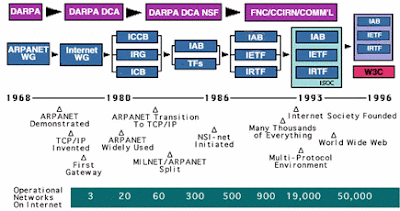What is Protein Data Bank (PDB)?
- The Protein Data Bank (PDB) is a repository for the three-dimensional structural data of large biological molecules, such as proteins and nucleic acids.
- The data, typically obtained by X-ray crystallography or NMR spectroscopy and submitted by biologists and biochemists from around the world, are freely accessible on the Internet via the websites of its member organisations (PDBe, PDBj, and RCSB). The PDB is overseen by an organization called the Worldwide Protein Data Bank, wwPDB.
- Structures are available for many of the proteins and nucleic acids involved in the central processes of life, so you can go to the PDB archive to find structures for ribosomes, oncogenes, drug targets, and even whole viruses.
http://www.rcsb.org/pdb/home/home.do
Below are the examples of proteins and their descriptions :































